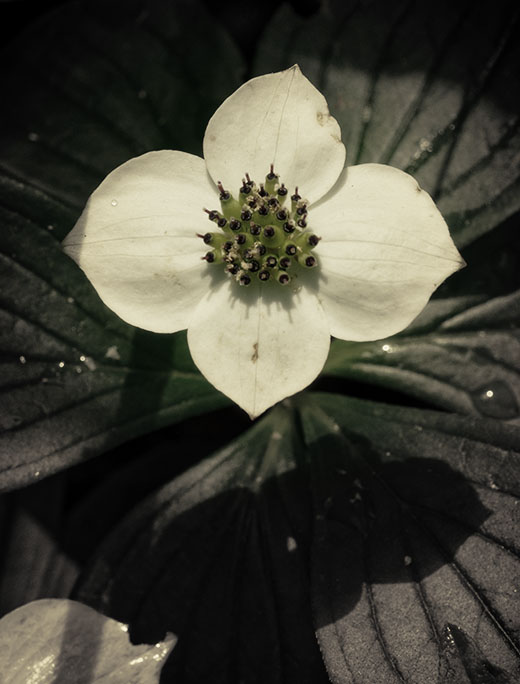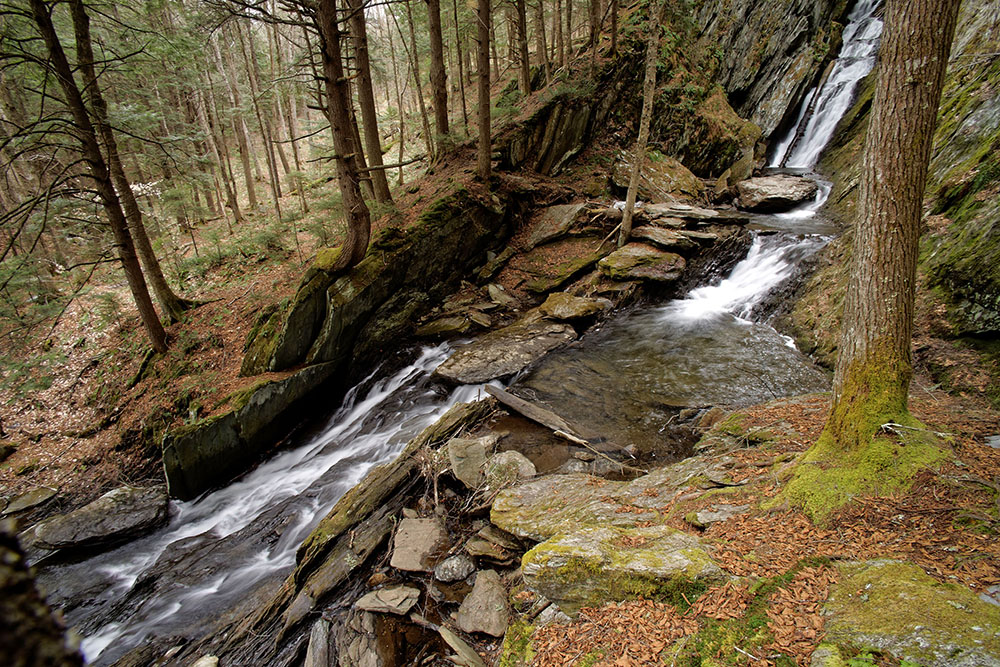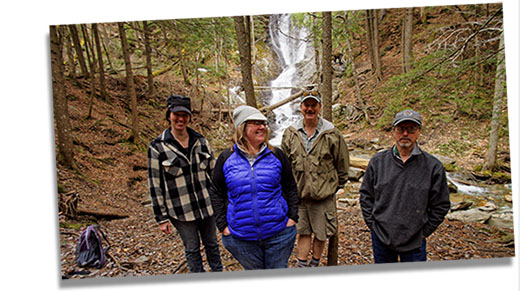Cellar holes mark villages in almost every corner of “Northern Berkshire Township #6. … four post offices, seven schools, 21 cemeteries, and a stage coach road that cut across town stopping at an Inn with news from the outside world and a life-line to the neighboring towns growing with industrial prosperity. The rugged and dramatic mountain town was not without the spiritual push and pull from charismatic preachers that flourished and faded like the seasons. Throughout all of this Savoy was aloof in its simple nature with sustained logging, saw mills, and various sources of revenue that mountainous regions will provide. In 1900, when globalization and military advancement in Europe was escalating, Savoy was a wilderness dotted with subsistence farms and isolated villages. The growing complexity of the world must have felt like a very distant place to those homesteaders. I have come across cellar holes not even identified on the earliest maps. One such farm sits on a gentile hill a short distance beyond balance rock. The fields there are a hundred years overgrown, and it takes a fertile imagination to imagine the view from this hidden location. Even the cart path leading to Tannery Road was an up and down affair. I can’t imagine it could be traveled in the heavy snows of winter. Savoy can be a very isolating place.
Complexity of the Simple Life
I had emailed the Berkshire hiking group asking if there were hikes were planned in Savoy. Two weeks later a note arrived from a young woman who, at my request, had organized a hike to Tannery Falls! The next weekend I would drive across the state, hike the length of Tannery Road and witness the thundering falls that drain into a deep gorge leading to Gulf Brook and Cold River. This photograph was taken on that trip. The next day I would meet Harold Kemp in the house where he had lived every day of his life.
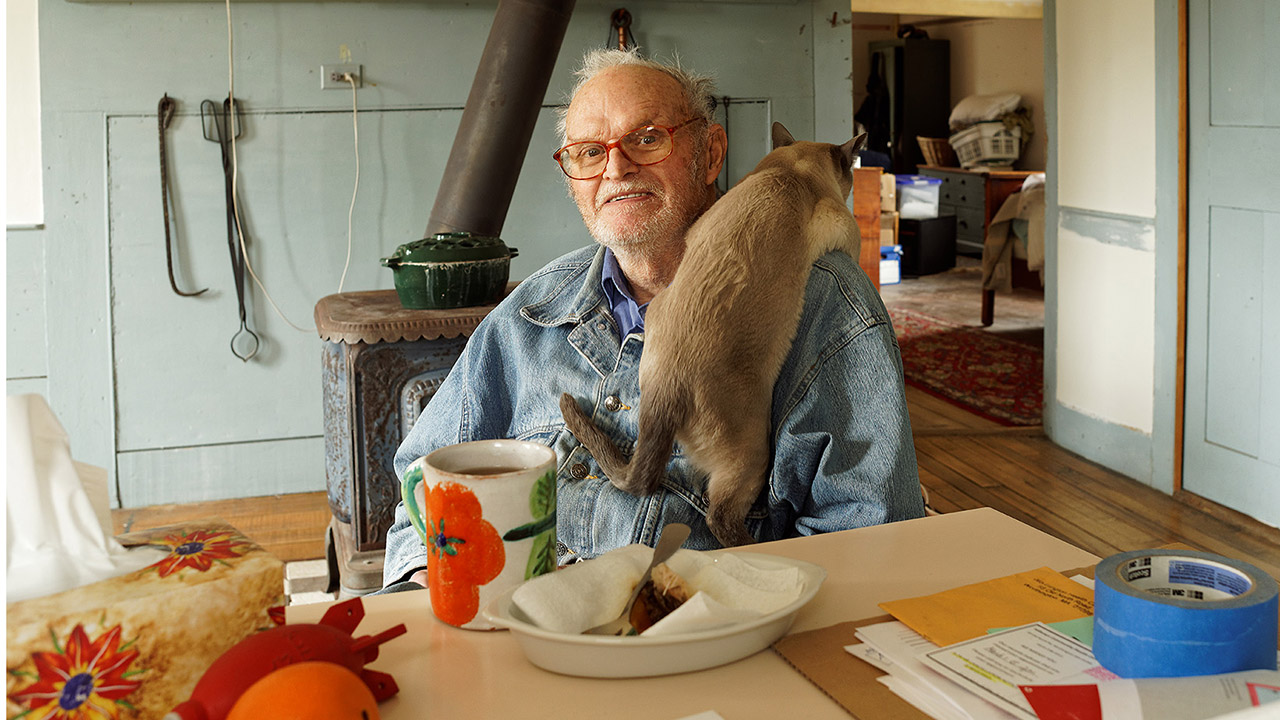
I’m guessing that industrialization came suddenly to the Berkshires. Rows of mills in Adams, North Adams, and Dalton provided the lure of gainful employment, and the population of Savoy dropped like a stone. The area in the Brier known today as the “square” was purchased by Asa Poly about 1820, coinciding with the rapid advance of industrialization and prosperity in the lowlands. Savoy must have appeared a remote ghost town. Economic advancments and social changes had passed this town by. I sometimes wonder what Asa might have paid for the 220+ acres of land framed by Black Brook Road and Brier Road. My guess… a few dollars and a couple of cows. Harold tells me that he built a log cabin in the field behind the house. I can barely detect a level patch adjacent to a break in the stone wall next to the woods road where a primitive log house would have looked out over the wetlands. Probably the next spring he began work on a small structure above Brier road — half barn and half house. I sometimes stare at the wooden pins that still secure the rafters to the ridge board and imagine Asa hammering them home. Today that structure remains as my kitchen and the attached woodshed. At some point they doubled the size of the house with a similar addition complete with a center chimney and bedrooms on the second floor. Harold’s grandfather assumed the property, and the Kemp family had occupied the house ever since. Throughout that time, the daily rigor continued and the wonderful house on Brier Road added rich memories to it’s history. I helped Harold pack up a lifetime of belongings… books… papers… mementos… Sorting through the clutter, I would place photographs and personal items in boxes. One late afternoon, before he left for his first knee operation, he opened one of the boxes and, choosing a tape, placed it in a little cassette player. It was a recording of him calling a square dance in the barn that once stood across the road. He closed his eyes, rocked back and forth, and with his foot tapping to the beat, relived one of his happiest memories. It was wonderful to share that moment with him. Harold will always be a part of this house, as will all of the Kemps and all of the Polys.

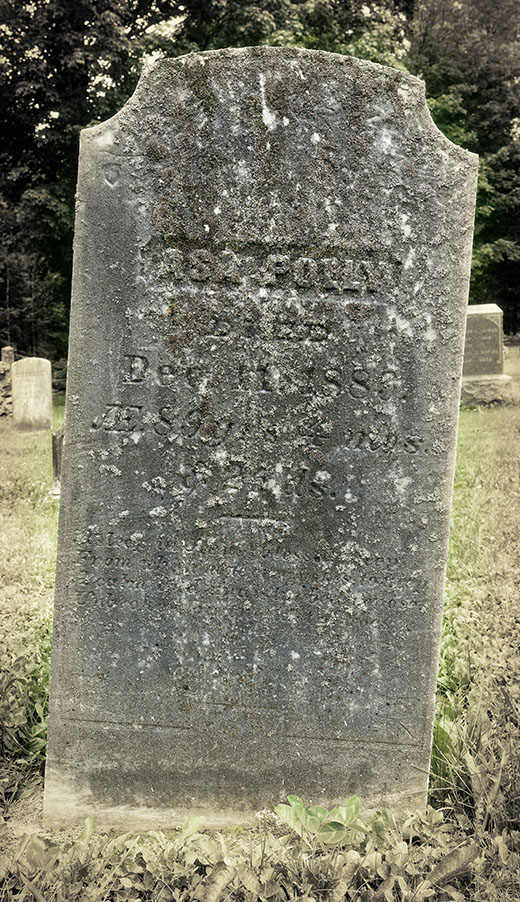

Today, the house is in yet another transition. Struggling to bring the structure into the 21st century, I’ve tried to maintain the nature of 67 Brier. When you glance up from the Road, you still see the Kemp place that has been here for 200 years… a simple dwelling… a tiny farm with a thin layer of soil atop the giant rock that is Savoy Mountain. I had the occasion to ask a well-known Deerfield botanist what she thought might grow in the south facing fields. She said: “I suspect there is a wetland at the bottom, right?” Dumbstruck by her astute comment, something obvious finally settled. Everything drains on a mountain — a rock with a shallow layer of top soil and with a stream or run-off at the bottom. This is the thumbprint of Savoy. And I’ve discovered the shallow Brier depression between West Hill and Borden Mountain has obvious characteristics as well, from the streams and beaver ponds, to the temperature differential making it colder and sometimes quieter than any other place in the Berkshires. The wireless signal passes over our heads from the tall tower in Drury… and we don’t always get the predicted weather… and stacking an extra cord of fire wood in the barn is never a bad idea. Savoy is a unique place fixed in time that requires a sustained effort with some help from your neighbors. That plate of cookies at the holidays is a very special gift. Cookies baked by your neighbors are the best you’ll ever eat. The rigor of living here in Savoy is returned many times over by wonderful neighbors, delicate sounds and smells, turbulent skies, beautiful flowers, graceful deer, magnificent bears, and ducks painted in bright colors and complex patterns.
On February 11, 2019 Harold Kemp passed peacefully in his sleep at the age of 87. His sweet visits were always a joy. His kind heart and gentile nature dwells forever in this house, and I am ever so grateful. May the Kemp family and legions of relations dating back to the earliest days of Savoy be forever remembered and honored.
If you would like to comment on this story please share your thoughts at the bottom of the About page.

